| Plant Habit: | Tree |
| Life cycle: | Perennial |
| Sun Requirements: | Full Sun Full Sun to Partial Shade Partial or Dappled Shade |
| Water Preferences: | Wet Mesic Mesic Dry Mesic |
| Soil pH Preferences: | Moderately acid (5.6 – 6.0) Slightly acid (6.1 – 6.5) Neutral (6.6 – 7.3) Slightly alkaline (7.4 – 7.8) |
| Minimum cold hardiness: | Zone 4b -31.7 °C (-25 °F) to -28.9 °C (-20 °F) |
| Maximum recommended zone: | Zone 9b |
| Plant Height: | 60-80 feet |
| Plant Spread: | 40-60 feet |
| Leaves: | Good fall color Deciduous Broadleaf |
| Fruit: | Other: Wildlife Food: Deer, Squirrels, Rabbits and other species |
| Fruiting Time: | Late summer or early fall Fall |
| Flowers: | Inconspicuous Blooms on old wood |
| Flower Color: | Green Other: Pale Greenish Yellow Catkins |
| Bloom Size: | Under 1" |
| Flower Time: | Spring |
| Underground structures: | Taproot |
| Uses: | Provides winter interest Shade Tree |
| Edible Parts: | Seeds or Nuts |
| Wildlife Attractant: | Birds Butterflies |
| Resistances: | Drought tolerant |
| Propagation: Seeds: | Self fertile Stratify seeds: in moist medium at 31 to 40 degrees F for 90 to 150 days Sow in situ Other info: soak seeds in water for 2-4 days, change water 1-2 times a day |
| Pollinators: | Self Wind |
| Containers: | Not suitable for containers |
| Miscellaneous: | Tolerates poor soil Monoecious Goes Dormant |
| Conservation status: | Least Concern (LC) |
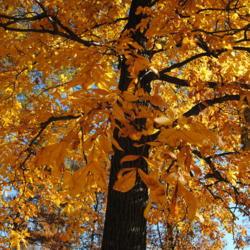

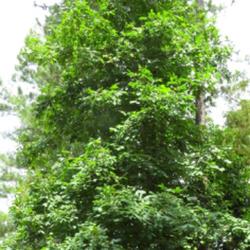
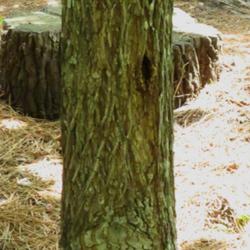
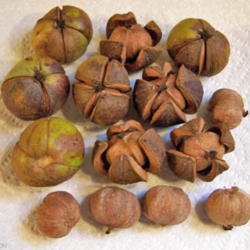
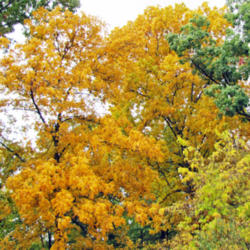
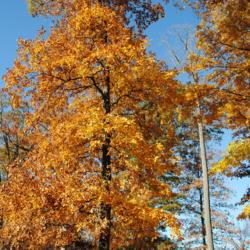
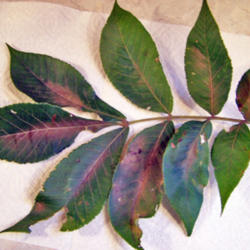
![Date: 1865
illustration [as Juglans squamosa] by Bessa from Michaux's 'North
Date: 1865
illustration [as Juglans squamosa] by Bessa from Michaux's 'North](/pics/2022-08-24/scvirginia/b07d98-250.jpg)
![Date: 1865
illustration [as Juglans tomentosa] by Bessa from Michaux's 'Nort
Date: 1865
illustration [as Juglans tomentosa] by Bessa from Michaux's 'Nort](/pics/2022-08-24/scvirginia/647820-250.jpg)
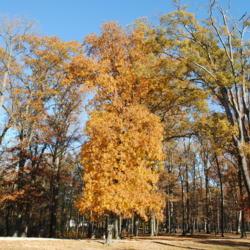
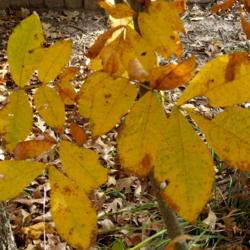
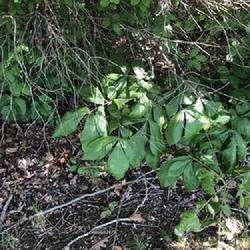

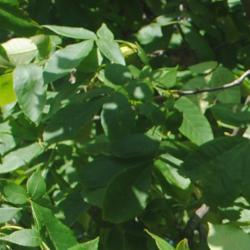
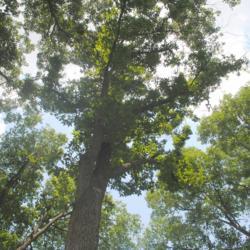
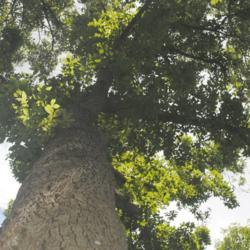
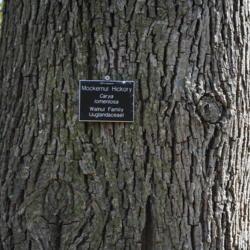

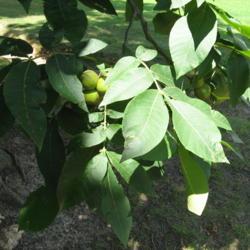
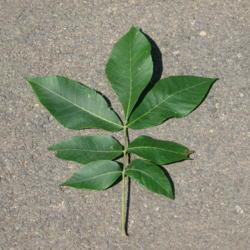
| WebTucker | On June 8, 2022 | Fruit Ripened |